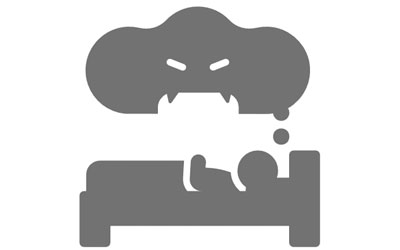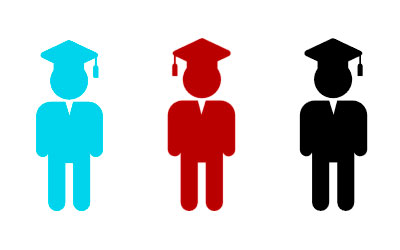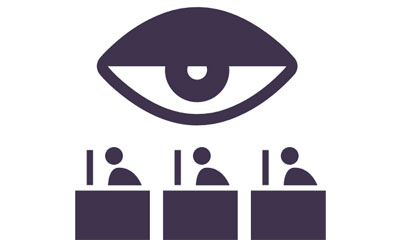Critical Race Theory is the Schrodinger’s cat of public education–it’s both taught and yet somehow not taught in our Utah schools.
That’s the conundrum, isn’t it? How can so many people think a thing exists and yet doesn’t at the same time?
Let’s take a look at that question. For starters, CRT as a “theory” is not taught as a course subject to students. Your kids can sign up for classes with nebulous names like “Math 1” and “Freshman Success” but nothing that’s titled “Critical Race Theory” per se.
So if CRT is not taught as a theory, is there any other way it may show up in the classroom? Well, like Schrodinger’s cat, the only way CRT’s existence passes from the theoretical to the practical realm is if you open the box and look inside–in this case, the box is the school.
It’s not an easy box to open. Parents can volunteer in their kids’ classes, but it’s not as if they can be there constantly, observing the totality of their children’s interactions, day in and day out. Some things are verbalized by teachers or staff in an instant; other things become the topics of discussion or even assignments. Plus the Observer Effect always kicks in–the act of being observed changes what’s being observed, and a teacher may be less inclined to take conversations in certain directions in the presence of a parent. To say that something wasn’t taught at one time in a certain way doesn’t mean it wasn’t taught at another time, in another way.
This report is the first of a series examining how Critical Race Theory exists in boxes within boxes in Utah’s public school system. It is based on verified accounts and source documents obtained from first-person observers, participants, and government records requests.
Schools: The Innermost Box
In May of 2021, the Utah state legislature issued a resolution on Critical Race Theory in Education prohibiting certain divisive curriculum and standards in the K-12 schools:

Despite this legislative directive to the Utah State Board of Education (USBE), a number of accounts of controversial, politicized racial and sexual identity-based incidents continue to occur to this day. Given many schools limiting visitors due to Covid-19 protocols, it’s unlikely that many parents are seeing these displays.
Some of these incidents are evergreen, having no determinable beginning or end, such as racial and sexual identity displays in schools:
School Promotions of Racial/Sexual Diversity, Various Schools, 2021-22
Other instances of CRT in schools are evident in class discussions, class curricula, and training instruction given to teachers:
WHITE PEOPLE! Granite School District teacher at Matheson JR. High presents anti-white, anti-religion version of american History, FeB. 2022 [AUDIO]
SEL Assignments with racial/sexual/cultural identity focus
Adult Roles and ResponsibilitieS Course via Weber State, Syracuse High Concurrent Enrollment Quiz--gender, race, &sexuality questions, Feb. 2022
project topeka: Social justice/student activism/computer-assessed WRITING Program, Alpine SChool District, UTAH, 2020-22
Project Topeka is an algorithm-based student writing assessment tool funded by the Bill & Melinda Gates Foundation that provides students mainly activist topics, and then requires the students defend a predetermined side of an argument, using predetermined vocabulary:
Alpine School District 7th and 8th graders are given writing samples on how they are expected to argue on each topic; all the exemplars show a strong social justice/CRT bias:
EOS (Equal Opportunity Schools) Advanced Placement & International BaccaLaureate (AP & IB) Equity recruitment, Cyprus High, Granite School District, UTAH 2021-22
EOS Equity handout to AP Ambassador Students, Cyprus High
CRT concepts of equity, diversity, and inclusion are so ubiquitous in our children’s schools in Utah that you can hardly pass a single classroom without seeing some evidence of their influence. These ideas might have race essentialism at their center, but they don’t end at race–the framework of victim/victimizer extends to sexuality, gender identity, religion, culture and more–and all are embedded into instruction, school environments, and teacher training.
Despite the assertions of promoting “inclusion” and “diversity,” it’s plain that these words are defined and implemented in a patently non-inclusive, non-diverse fashion. It’s almost as if every day is Opposite Day at schools that embrace CRT-based equity policies and practices. When inclusion and diversity mean some people get elevated at the expense of others based on assumed advantages and disadvantages, then we’re looking down a one-way street that stops at a dead end. There’s no way forward in this scenario.
If CRT were only a localized phenomenon, then maybe a simple piece of legislation would be enough to save our children from its reach. But the school level is only the inside box of a host of CRT containers.








